
Guide to choosing the right fishing rod blank
Are you just starting out in rodmaking and want to know how to properly choose a blank? Check out our video tutorial that will give you all the information you need on blanks. First of all, know that choosing a blank means choosing a length, an action and a power:
The length of the blank
When it comes to length, it's up to you to define it according to the way you fish. In general, the length of a blank is between 1m60 and 2m40.
The action of the blank
Next, a blank is also an action. What is the action of a blank? There are blanks that are said to be "peak action" and blanks that are more "moderate". If you look at our examples (see video at 0.55 min), you'll see 2 blanks that are in the same range and about the same length. You'll see that when subjected to the same weight, they don't work in the same way.
The top blank is more of a tip, as only the first third of the rod is working. As for the bottom blank, you'll see that it's much more progressive. It starts to work from further back. So the question to ask is: will it work on the tip (fast tip action) or will it work more on the whole rod (so-called moderate action)?
The power of the blank
This is a very simple point since all you need to know is how much you're going to cast with your fishing rod.
Other variables?
Blank geometry
We can also add a few variables such as target fish. For example, you'll see rods that are made to cast 30g and fish for Sea bass, others to cast 30-40g and fish for tuna. This is where we get interested in what we call the geometry of the blank. This is the butt section, the section of the rod butt, which will contain the power reserve. So the bigger it is, the more power reserve you're going to have in broad strokes.
As for the tip section, i.e. the section of the tip, the smaller it is, the more it's going to determine the rod's ability to play with small lures.
Material quality
The blank is like a tool. Some are made with carbon, a slightly "coarse" tool, but extremely tolerant to bending. You're also going to have blanks built with much "nobler" materials. In this case, you're going to be looking for more sensitivity, resonance or even tactility.
When you're interested in choosing your blank, you're interested in all these criteria. That is to say, a rod composed with a coarse carbon is not necessarily a bad rod, but it is a rod made for a given tool. For example, if I'm going to fish for Trout in a stream, in a crowded environment, I'm not going to take a high modulus carbon, because I know that the slightest Toc will damage it. I'll use something coarser.
Discover also a nice little video of how blanks are made at G-Loomis:
Please note that our store offers a wide selection of blanks from leading brands: -> See blanks at Rodhouse.


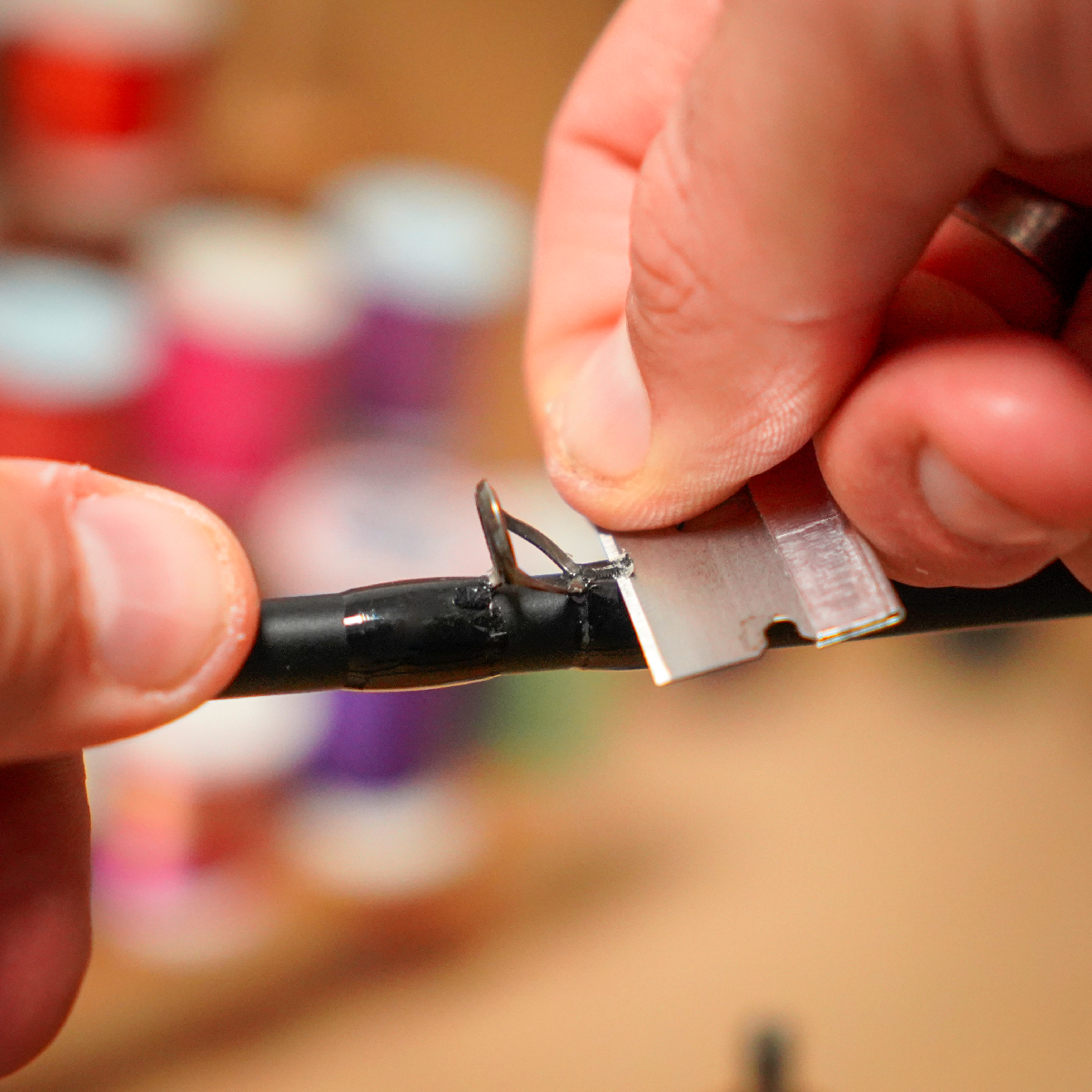
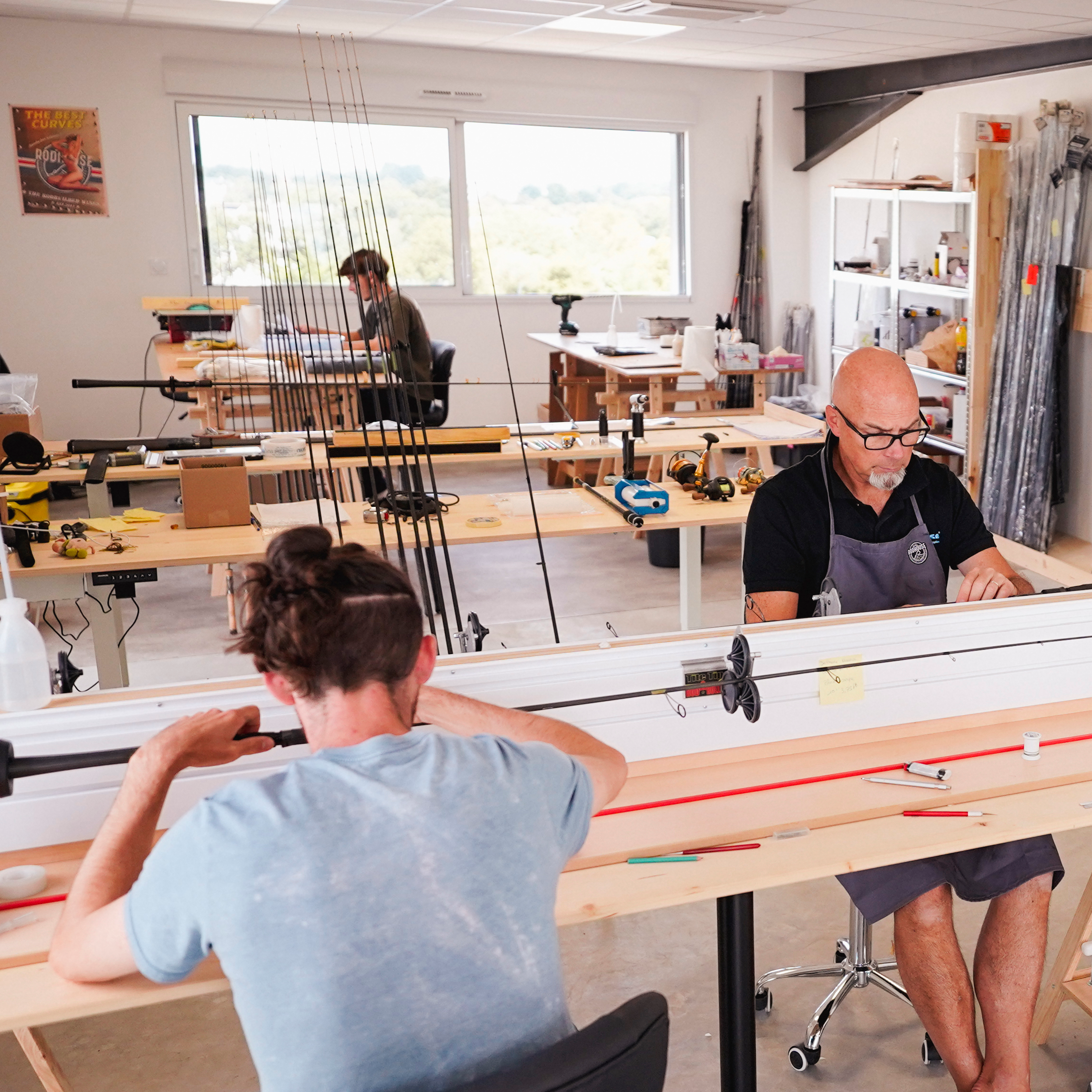
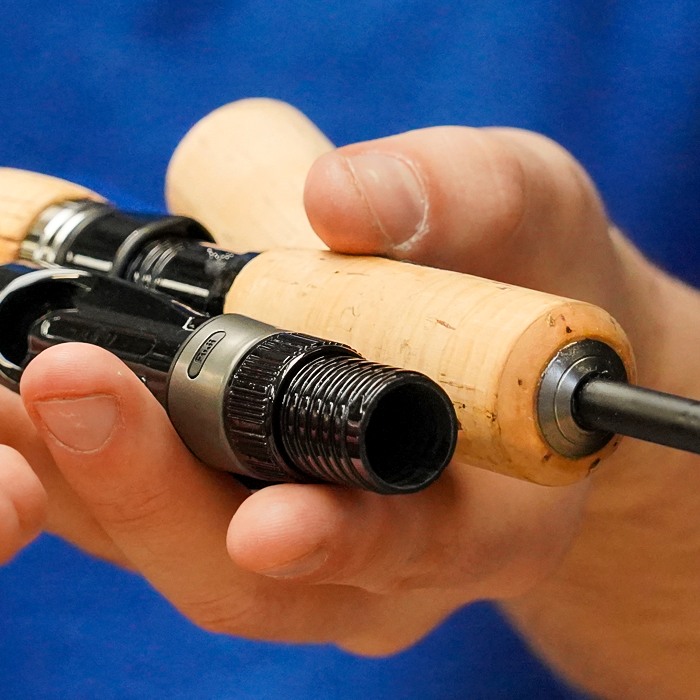
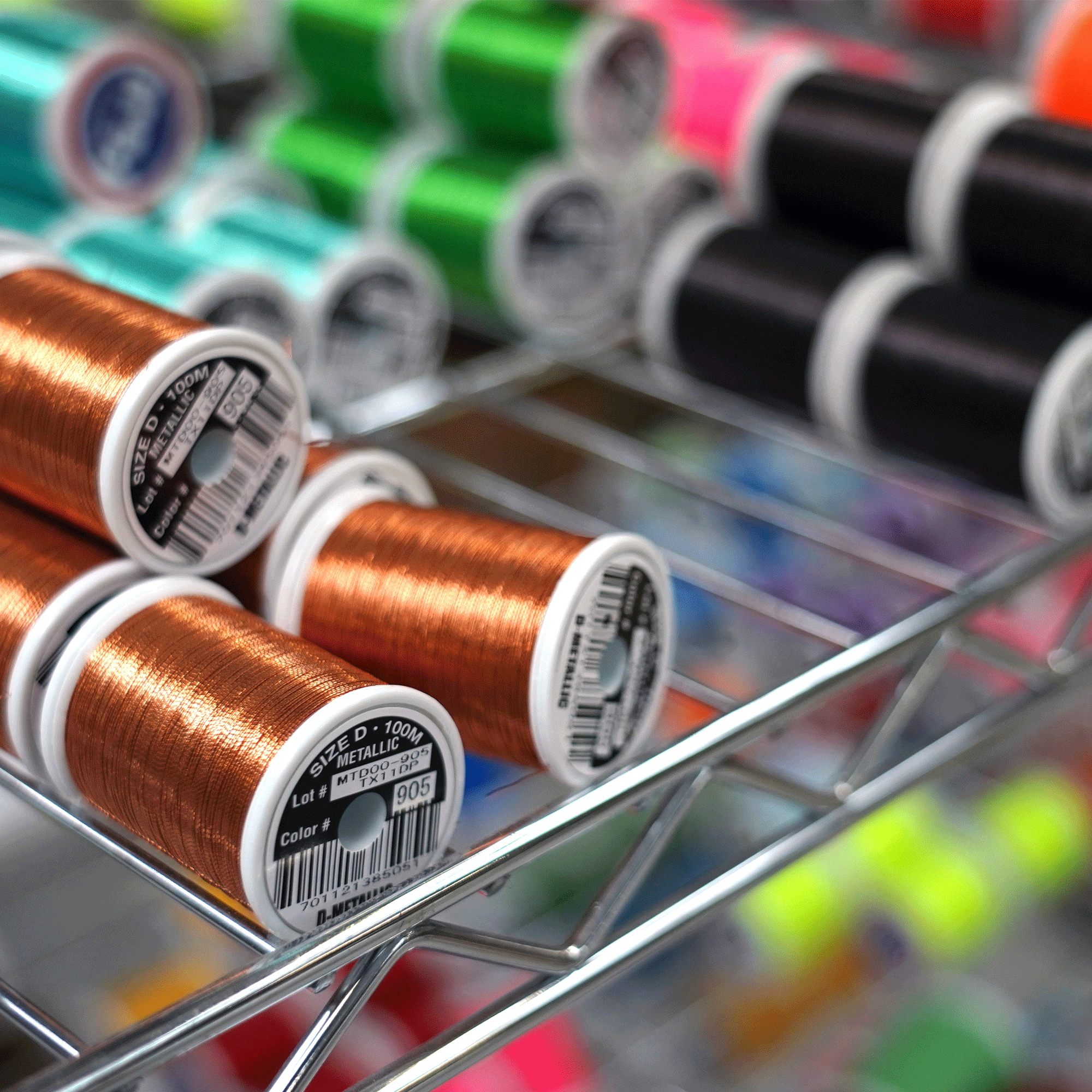

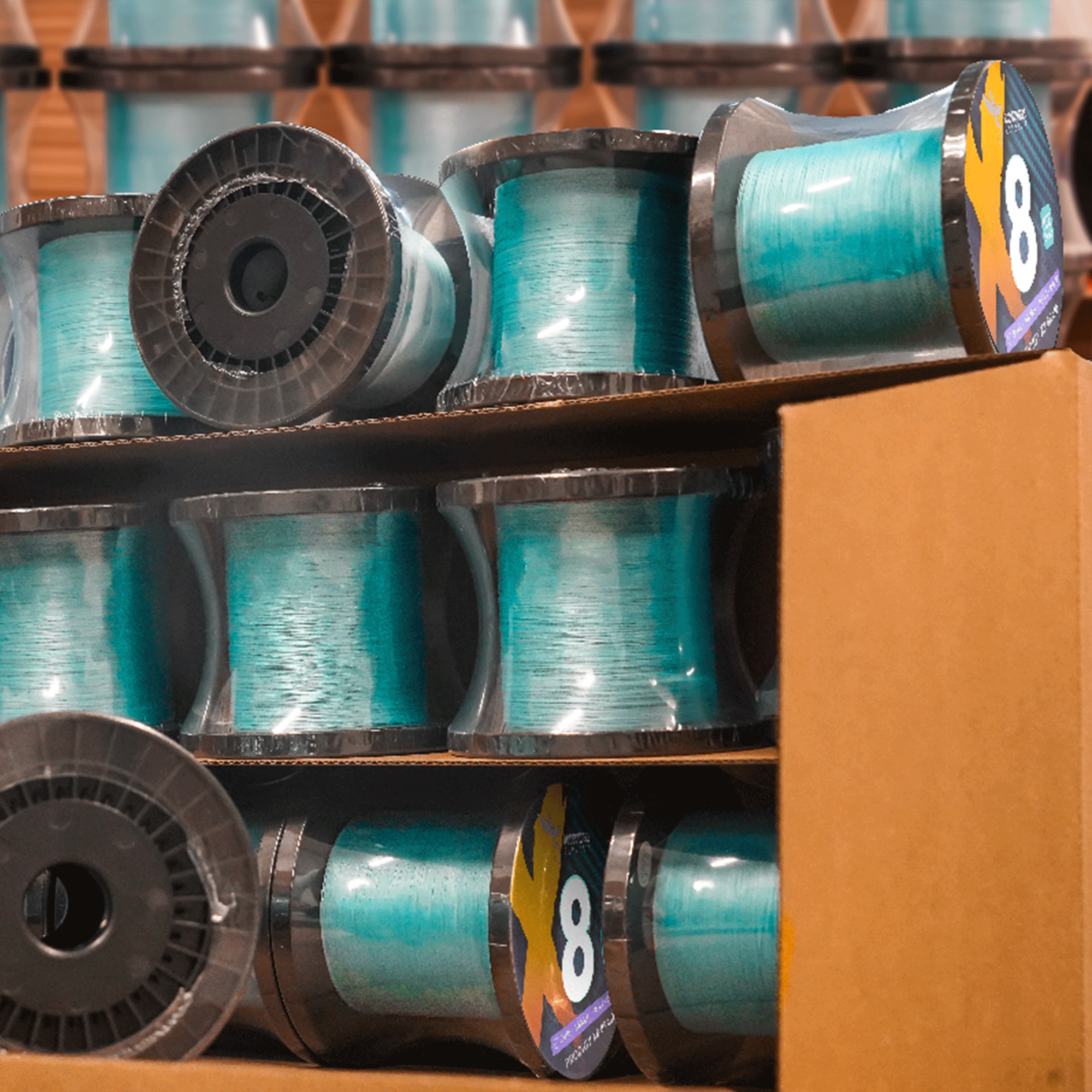
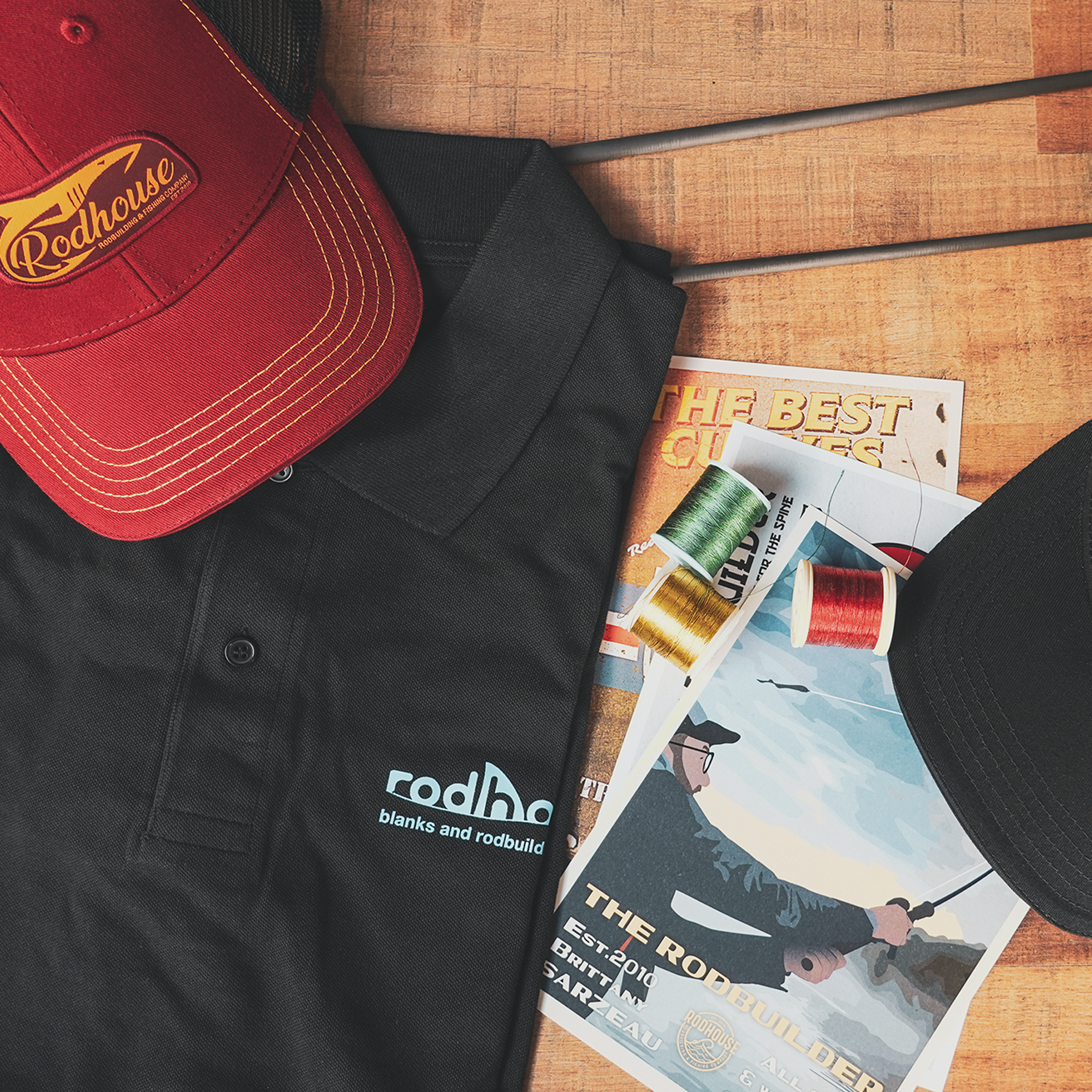

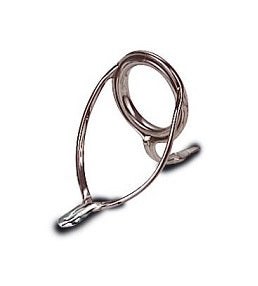

1 comment
Louche.dominique
Bonjour intéressé d’avoir un blanck personnalisé faites vous des blancks pour le surf casting
Dans l’attente de votre réponse
Leave a comment
All comments are moderated before being published.
This site is protected by hCaptcha and the hCaptcha Privacy Policy and Terms of Service apply.